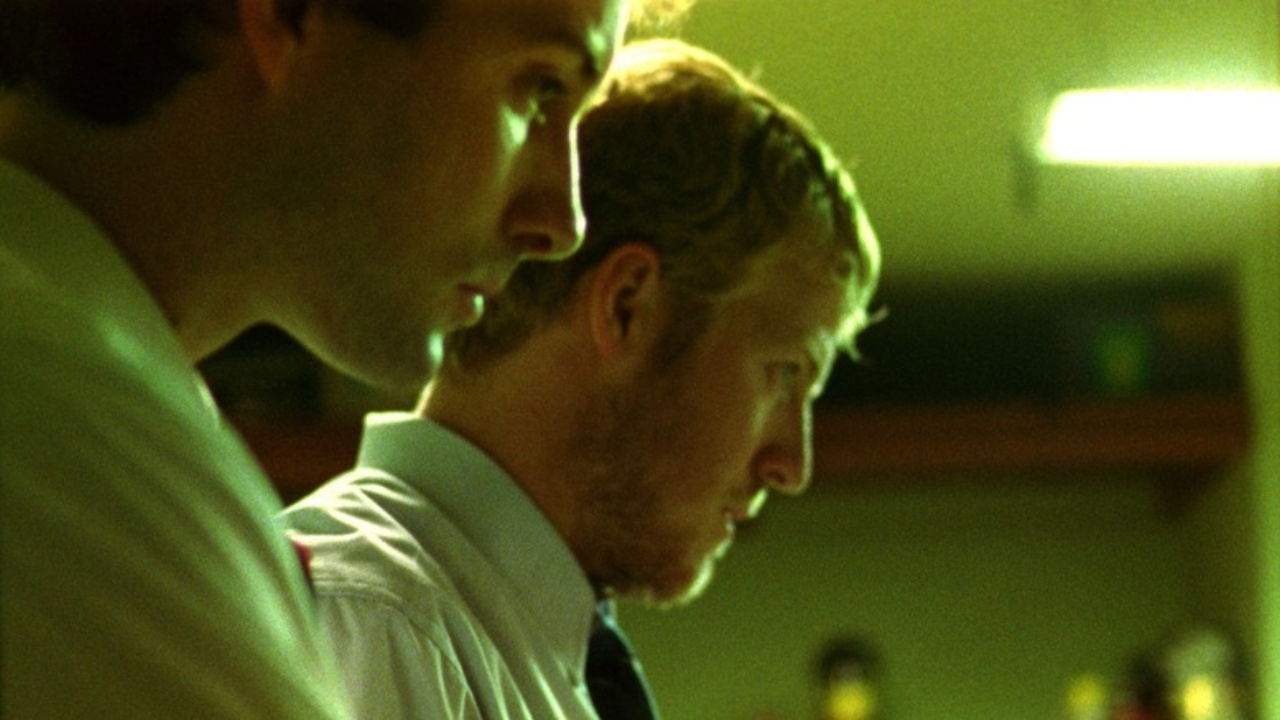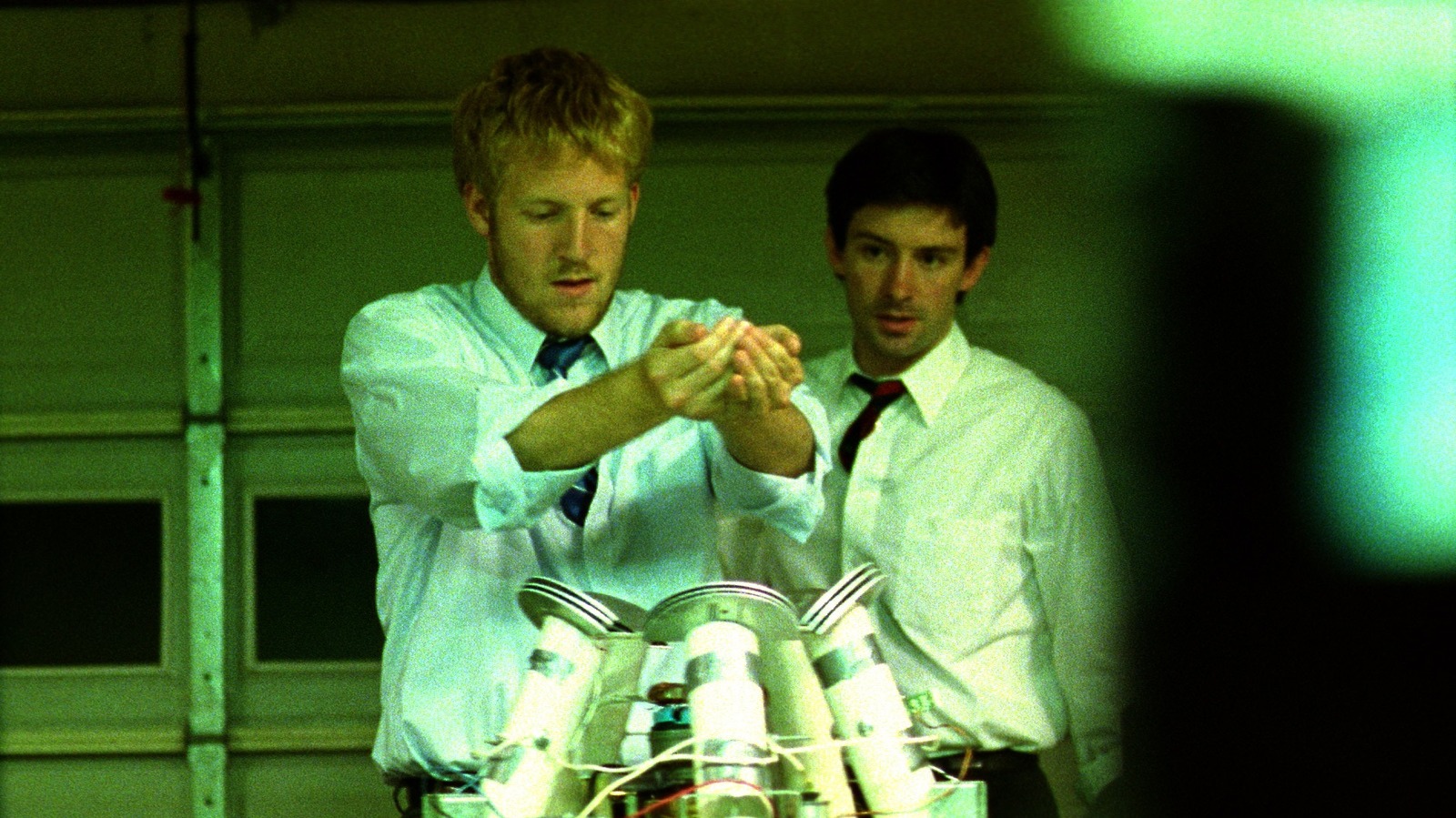Primer is not your typical science fiction movie. It is a carefully constructed mental puzzle that challenges the viewer at every turn. Compared to mainstream films like Inception, Primer feels almost impossibly intricate. To truly understand the film, multiple viewings are often required. The narrative is densely packed with details, subtle clues, and overlapping timelines.
When viewers finally understand it, the feeling is similar to solving a complex problem. Watching Primer requires active engagement, careful observation, and piecing together the timeline puzzle created by Shane Carruth, the writer and director.
Many people wonder whether Primer was intentionally made so complex. The truth is not fully known, but a combination of artistic choice and practical constraints likely shaped the final film. Carruth created it with a very small budget of $7,000, which limited options such as visual effects or elaborate sets.
Simplifying the narrative or over-explaining the science would have reduced the film’s unique appeal. The story remains minimal in presentation but extremely complex in structure. Time travel is not just a narrative gimmick. It is essential to the story, and any simplification would have removed the tension and intellectual engagement that define the film.
Primer’s Complexity Attracts Dedicated Fans Who Enjoy Solving Its Intricate Time Puzzles
Despite or because of its complexity, Primer has developed a strong cult following. Many viewers are drawn to the intellectual challenge it presents. Fully understanding the movie often requires repeated viewings, note-taking, and outside research. Fans who invest this time experience a unique satisfaction.
The film rewards attention to detail and careful observation. Watching Primer is similar to solving interlocking riddles. Each element of the story provides clues that help explain the next piece of the narrative. This makes it a rewarding experience for those willing to put in the effort.

At its core, Primer follows two friends, Abe and Aaron, who accidentally invent a form of time travel. At first, they use the technology to make money, but their ambition quickly becomes dangerous. As they experiment, they create multiple overlapping timelines, at least nine, which eventually become unmanageable.
Their moral boundaries weaken, friendships are strained, and the consequences of altering time escalate. The narrative occurs over roughly six days, from Sunday to Friday, but some events happen multiple times because of repeated interventions. The story examines both human behavior and the dangers of tampering with time.
How the Time Machine and Failsafe Box Create Complex Overlapping Timelines
The time machine, or “Box,” works in a straightforward way. Users switch it on and leave it running for the period they want to travel back. For example, if the Box is switched on at 9 a.m. and left on until 3 p.m., entering it at 3 p.m. takes the user back to 9 a.m., effectively reversing six hours. In addition to the Box, there is a “Failsafe Machine,” built by Abe to allow him to return to a pre-time-travel point if things go wrong.
Aaron discovers the failsafe machine and uses it to travel further back in time, creating additional layers of complexity. Viewers must notice small details such as earpieces, repeated phone calls, and the presence of multiple versions of Abe and Aaron. By the end of the film, there are three Aarons and two Abes simultaneously, with voiceovers by one Aaron intended for another. These details make the story intricate but rewarding to follow.
Primer is a rare cinematic experience that is not designed for casual viewing. It is intended for audiences willing to invest time, attention, and intellectual effort. Some may ask why a film should be so difficult to follow, but its appeal lies in the challenge. The movie provides an exceptional exercise in critical thinking, observation, and pattern recognition. For those who want to explore it further, detailed timelines, research papers, and explanatory videos help clarify the story.
Shane Carruth’s next film, Upstream Color, also offers a profound cinematic experience for viewers who enjoy thoughtful, unconventional storytelling. Primer is more than a film. It is a journey through time, human ambition, and the limits of comprehension. It rewards anyone willing to follow its intricate path and is a rare example of cinema that actively engages the mind.



